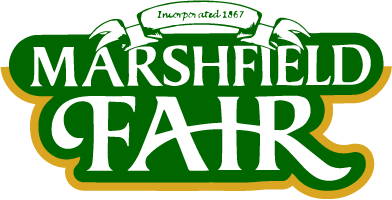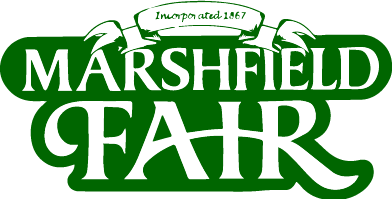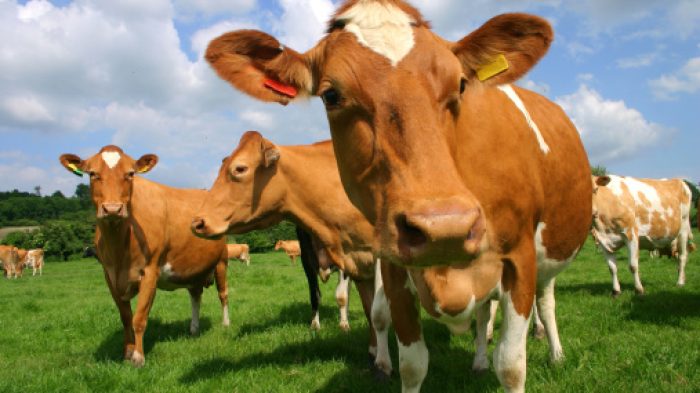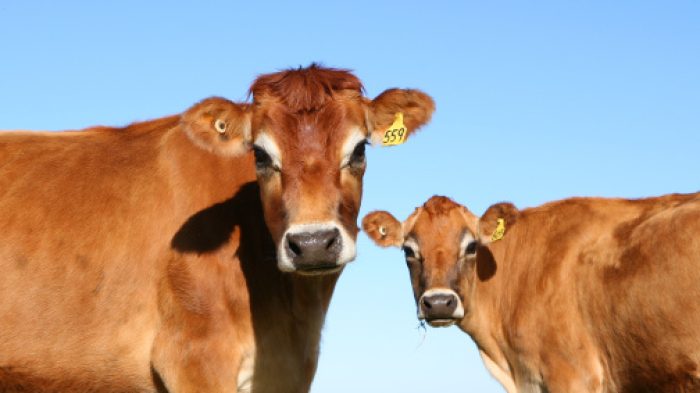
Dairy Cattle
Bos taurus
Lifespan
10-20 yearsType of Animal
MammalAnimals Diet
HerbivoreDairy cattle are a specialized type of cattle raised primarily for their ability to produce large quantities of milk. These cows are carefully bred and managed to optimize milk production while maintaining their health and well-being. The milk they produce serves as a vital source of nutrition for humans, providing essential nutrients like calcium and protein in various dairy products.
Terminology
Baby = Calf
Young intact male = Bull calf
Mature intact male = Bull
Castrated male = Steer
Young female = Heifer
Mature female = Cow
Group called = Herd
Where in the world can this animal be found in the wild? What is its habitat like?
Dairy cows were first domesticated in ancient Greece and are now found worldwide, thriving in various climates as long as temperatures are consistent and not too hot. These grazing animals spend most of their time in pastures, seeking shade for rest when not eating or being milked. Their efficiency lies in converting grass into energy to produce nutritious milk while utilizing land that cannot be used for traditional food crops.
How many breeds of this animal are there?
6 major breeds in the United States (Holstein, Ayrshire, Brown Swiss, Guernsey, Jersey, and Milking Shorthorn), over 100 dairy breeds recognized globally
What is this animal's purpose?
Dairy cows are primarily bred for milk production, but they offer numerous other benefits to society. From milk, various delicious products like yogurt, cheese, ice cream, butter, kefir, cottage cheese, sour cream, and cream cheese are made. Additionally, if a dairy cow does not continue to produce milk, it can be used for beef production, generating hundreds of useful byproducts, with 99% of the cow's body being utilized for various purposes.
Give a brief overview of the animal's history in the United States.
In 1623, the first three cows arrived in Plymouth, Massachusetts, followed by four more in 1624, leading to a herd of 16 cattle in the Plymouth colony by 1627. Throughout American history, dairy cows were abundant, with multiple dairy farms in every county. However, with improved production and handling processes, larger farms emerged, causing a decline in the number of dairy farms across the country. According to the 2023 USDA Milk Production Report, there were 5.2 million dairy farms in 1934, but this number decreased significantly, with less than 28,000 licensed dairy herds remaining today. Among these, the Historic O’Neil Farm in Duxbury, dating back to the 1700s, stands as one of the last remaining dairy farms, preserved through a nonprofit's efforts to protect the farmland for ongoing agricultural use.
Benefits of Working with Dairy Cattle
Become a 4-H Member
If you are interested in joining 4-H, visit https://plymouthcounty4h.org/, or fill out our Plymouth County 4-H interest form.





